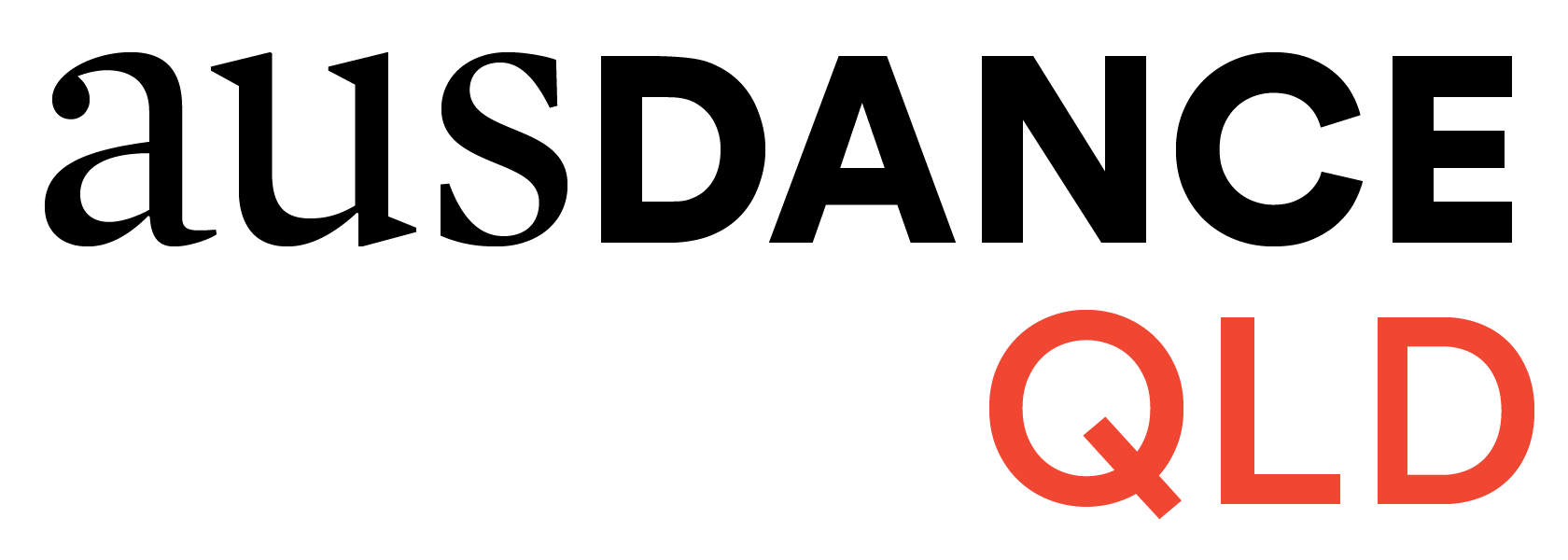IN|FORM | Deanna Borland-Sentinella
Contributed by Deanna Borland-Sentinella, D:create
My name is Deanna Borland-Sentinella. My company name I go under is D:create. I like the idea that I both create and reimagine, whilst also deconstructing when I reflect on practice.
Dance and movement is part of my life in many ways.
I dance for myself. I love to move my body in space. I feel so much more than a cog of the economy (a consumer/a worker) when I am listening to the internal impulses that pull or pulse or glide or jump or melt through me. I think this connection with loving to dance myself is what has then led me to using dance as a facilitator in my work.
I have spent the last 4 years working on a PhD called Embodied Futures that explores the role of the body in considering our relationship to time and possible futures.
A highlight for me in my work has been capturing participant feedback from my workshops where people first discover the power of embodiment, such as this comment:
“Sometimes when you look at things you just, sort of, get your vision as to what it is, but having a chance to share and embody things gives a different level of understanding, a different energy, a different perspective.” (interview participant from my PhD)
As a facilitator I use movement to explore metaphor in the body. I find that new insights and reflections are gained with a group every time we move from words into movement and then back again. My work has been influenced by interactive drama processes like Augusto Boal’s Rainbow of Desires and Cops in the Head, which I first learnt from Theatre for Living’s David Diamond when he was touring Australia from Canada.
Super recently I’ve also started working with a person with autism and exploring dance with them to assist them to reassociate with their body. I’ve been lucky enough to be taken under the wing of Alice Owen to do an informal dance-therapy apprenticeship. I’m finding this really interesting to apply my knowledge of movement to thinking about how to help someone release from patterns of tension. It’s also a new challenge to have to find different ways to explain dance to someone with autism that creates the same fluid movement outcome, of say an extended arm, with more focused, task-based directives.
In my personal practice I have focused a lot on free movement exploration with the Wunderfools, where we play with Al Wunder’s Theatre of the Ordinary as well as bringing in other movement vocabularies like Laban to help to articulate the exploration and play. I studied Drama at QUT and came to grow my love for dance through stepping further and further through physical theatre into pure movement for movement’s sake.
I would like to see the Queensland dance sector encouraging more people to explore getting into their bodies in whatever way they feel comfortable – free expression or structured dance classes. I think the world would be a better place if more people spent time dancing!

